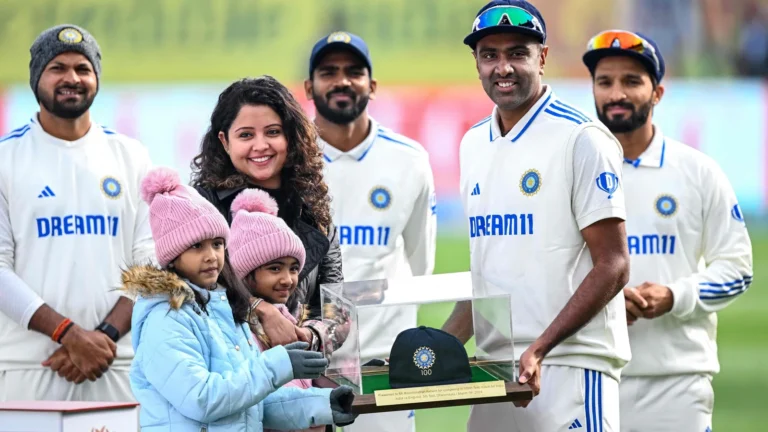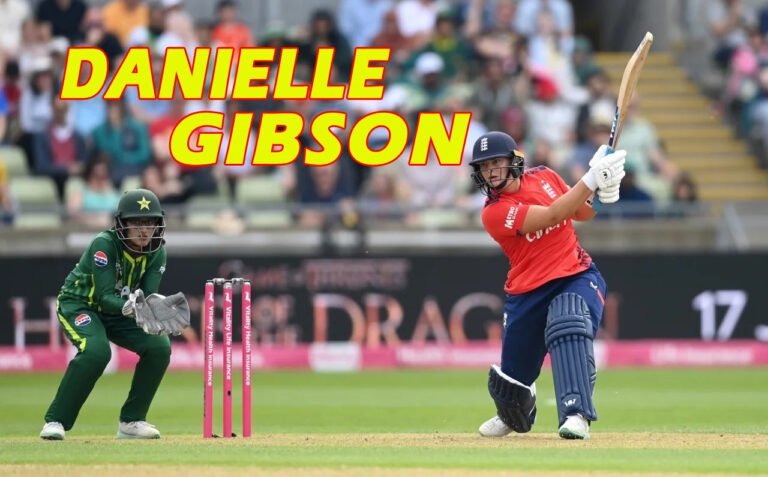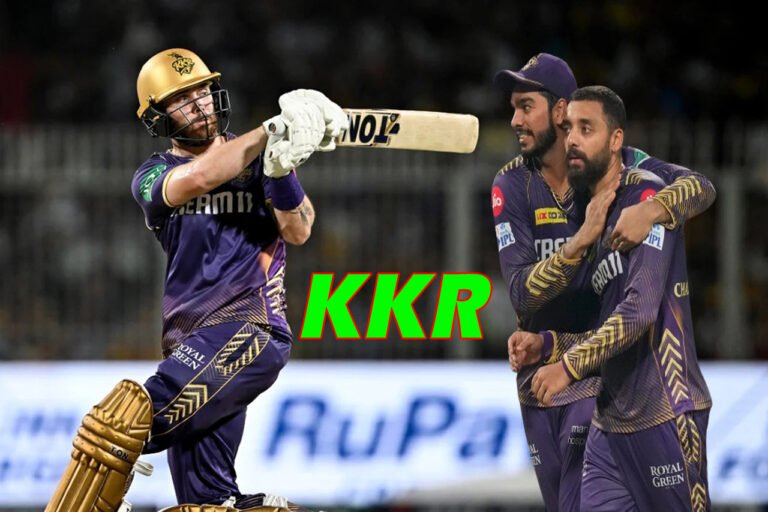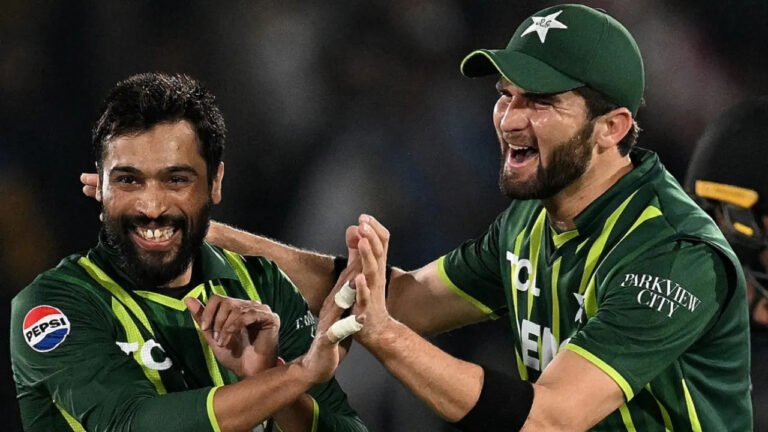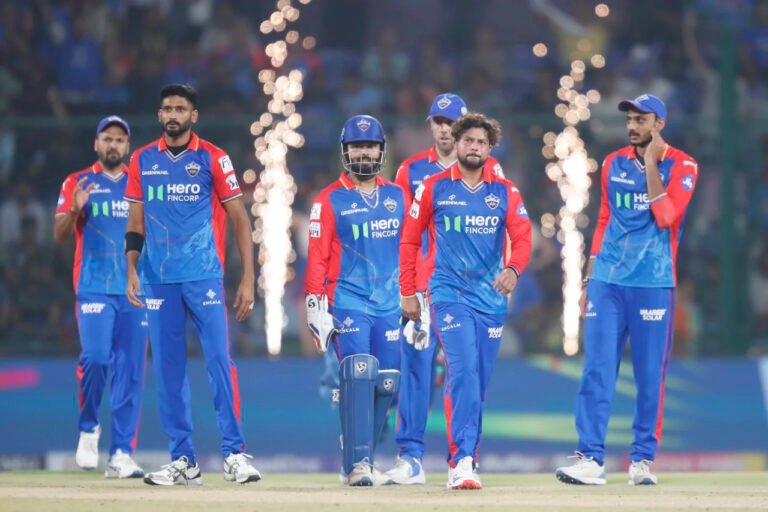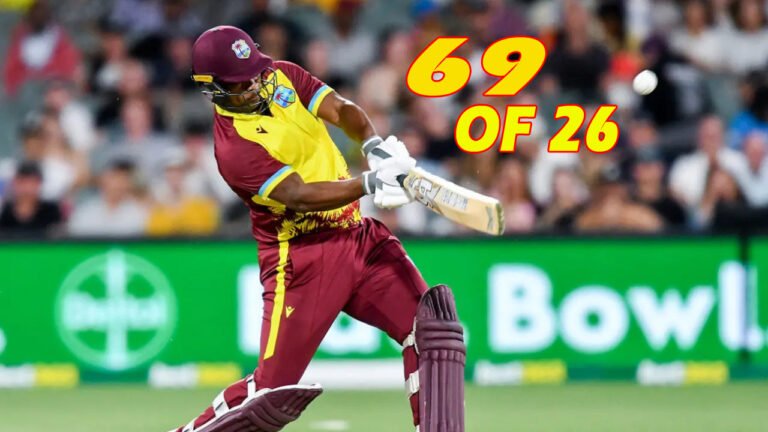Australia Dominated New Zealand To Defend Champions Trophy Title In 2009
Australia vs New Zealand Champions Trophy Final 2009 highlights:
Australia’s cricket team showed their strength and resilience in defending their title with an impressive victory, highlighting their prowess on the big stage once again. Shane Watson’s outstanding performance was instrumental in securing the win against New Zealand, marking Australia as the team to beat in crucial matches.
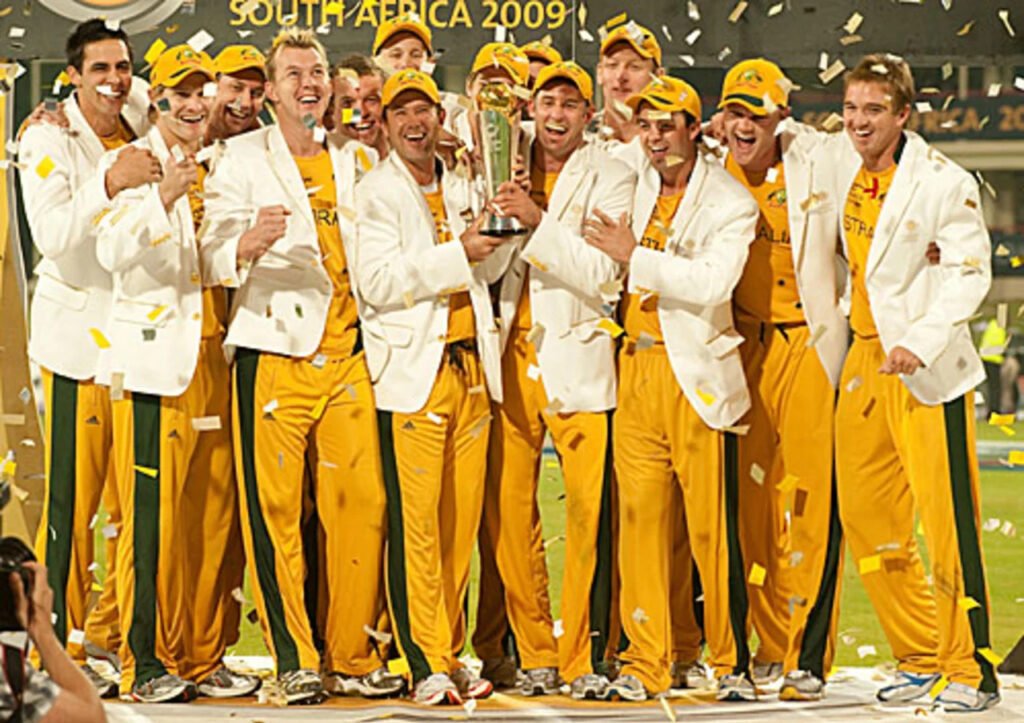
New Zealand 200 for 9 (Guptill 40, Hauritz 3-37, Lee 2-45) was defeated by Australia 206 for 4 (Watson 105*, White 62, Mills 3-27) by six wickets.
Australia continues to be the team to beat on the big day, even though they were threatened in a global final for the first time since the World Cup in 1996.
For the first time since the World Cup in 1996, they were given a scare in a global final, but Australia is still the side to beat on match day. Australia were forced to play out of character in the chase against outstanding starting spells from Kyle Mills and Shane Bond, which Shane Watson and Cameron White performed with cunning and drive. If Australia had been normally aggressive and opportunistic in setting themselves just 201 to chase.
Australia’s victory was largely due to Watson’s finest innings at the international level, a century that won him Man-of-the-Match in the Champions Trophy final for the second time in a row. In fact, Mills and Bond’s opening spells eclipsed Brett Lee and Peter Siddle’s. To defend a pitiful sum, their lengths were flawless.
A excellent illustration of this was the ball that got Ricky Ponting; it was neither short enough to carry over the stumps nor full enough for him to come forward, and the inswing trapped him in front. By that point, Bond had completely outswinged Tim Paine.
Watson and White both into Test-match mentality, matching the top two bowlers as though they were in the opening session on a green top under cloudy skies. Due to the target’s palatability and Daniel Vettori’s last-minute withdrawal due to a hamstring injury, they were able to afford to do so. White even gave up two half-volleys from the leg side.
There weren’t many other scoring opportunities available. With the exception of a few foolish requests for singles, they breezed through that phase. After five overs for just two runs, beginning in the seventh over, Mills and Bond’s bowling figures—6-2-8-1 and 5-2-9-1, respectively—told the tale.
And that’s when the brutality and mental toughness of the Aussies were revealed. In their opening overs, all four of the other bowlers were greeted with boundaries. Two of them were gifts down the leg side off of Ian Butler and Jeetan Patel, while the other two were purposeful attempts to convey intent off of James Franklin and Grant Elliott.
Watson picked up the pace to overwhelm New Zealand after both of the early bowlers were removed from the game. With the horizontal bat, he was extremely effective, hitting two strong sixes to midwicket. With the straight bat, he mainly went down and along the ground.
By the 25th over, he had gone from 7 off 28 to 49 off 72 with great speed. Watson’s onslaught came at White, who gave New Zealand a top-edge that substitute skipper Brendon McCullum went under after he had sprinted backwards but dropped. In the eighteenth over, Australia would have been reduced to 41 for 3.
Also Read: 2015 Cricket World Cup Final: Australia Triumphs Over New Zealand
With the momentum reversed, Watson retreated and White was able to take the initiative. After realizing that the second group of bowlers wasn’t helping him, McCullum gave Mills and Bond a call again. Mills gave it his all once again, dismissing White and Michael Hussey to surpass Richard Hadlee’s record of 158 wickets. After the quotas of the two top bowlers were depleted, Watson went on the attack once more, hitting back-to-back sixes to bring up his hundred and win.
The outstanding pace bowling from both teams in this match will go down in history. The surface was real and produced little seam movement or inconsistent bounce. With the manner Australia bowled, it appeared that the customary anti-climactic Australian final would take place.
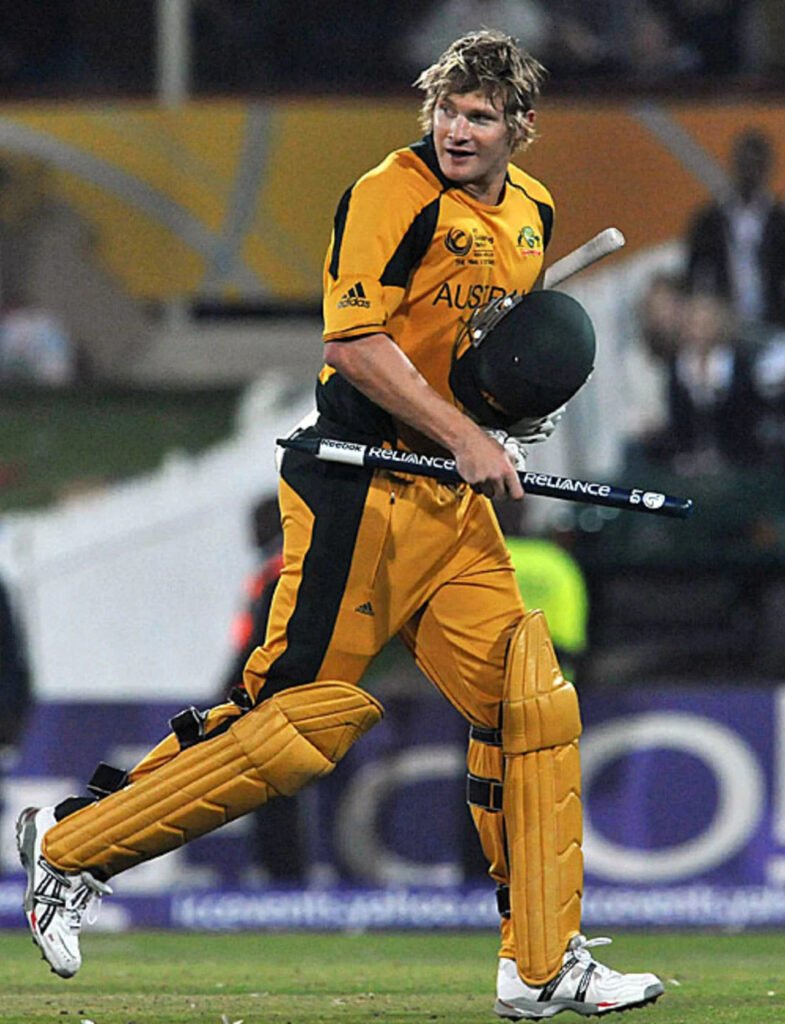
The three quick bowlers were equally quick, precise, and frightening. Watson was steady, while Nathan Hauritz was shrewd on a pitch that helped him. The 43rd over saw the first instance of New Zealand’s run-rate surpassing four wickets per over, although by then they had already lost seven wickets and had used up the batting Powerplay.
Ponting was a pro-active batsman; he set aggressive fields even during two significant partnerships and returned all three of his strike bowlers to the middle overs in an attempt to force breakthroughs.
It looked virtually certain that McCullum would fall for a 14-ball duck, and New Zealand’s already poor start was made worse. Siddle and Lee both reached the mid-to-high 140s early on, with Lee consistently outswinging Siddle. McCullum was frustrated enough after three tight overs to clip a delivery from Siddle that was too close to him.
The three Australian fast bowlers whipped up a storm that Martin Guptill and Aaron Redmond managed to weather, but in the middle overs, Hauritz struck. After a 61-run partnership, Hauritz struck again in a row, dismissing both batters.
Ponting conceded a slip and called on Mitchell Johnson and Lee to intensify their onslaught. At last, Ross Taylor fired an eager shot after twice edging towards slip deliveries from Johnson straightening from a tight round-the-wicket angle. Lee dispatched Elliott with a powerful inswinging yorker.
After that, it was just a matter of getting through the 50 overs, and Australia didn’t let up, even after their 40-run batting Powerplay.

